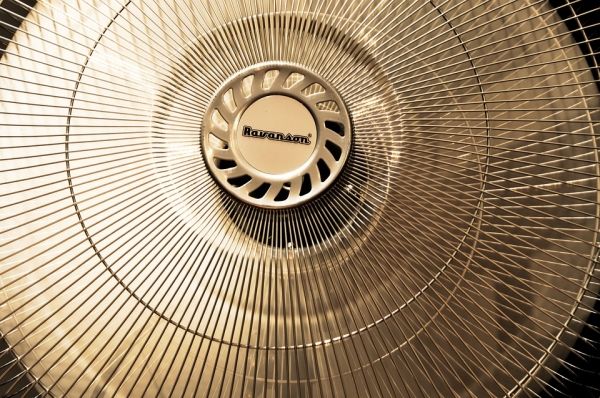The biophysical modelling study, published in The Lancet Planetary Health, challenges outdated public health guidance that discourages fan use in temperatures higher than 35 degrees Celsius / 95 degrees Fahrenheit.
Based on human studies carried out at the University of Sydney’s Thermal Ergonomics Laboratory, the researchers developed a model to determine the humidity-dependent temperature thresholds at which fans could become detrimental, providing conditions that exacerbate heat stress.
“The effectiveness of a fan depends on temperature and relative humidity and our previous human studies have shown that it is only when the air temperature is very high and humidity is extremely low that fans can be detrimental,” said senior author Professor Ollie Jay, Professor of Heat and Health at the University of Sydney’s Faculty of Medicine and Health and Charles Perkins Centre.
“In this study we were able to model the impact of different conditions based on historic weather data. We have shown that for younger adults fan use could be recommended most of the time in most regions around the world, except for those living in extremely hot and arid areas.
Read more at University of Sydney
Photo Credit: tookapic via Pixabay


